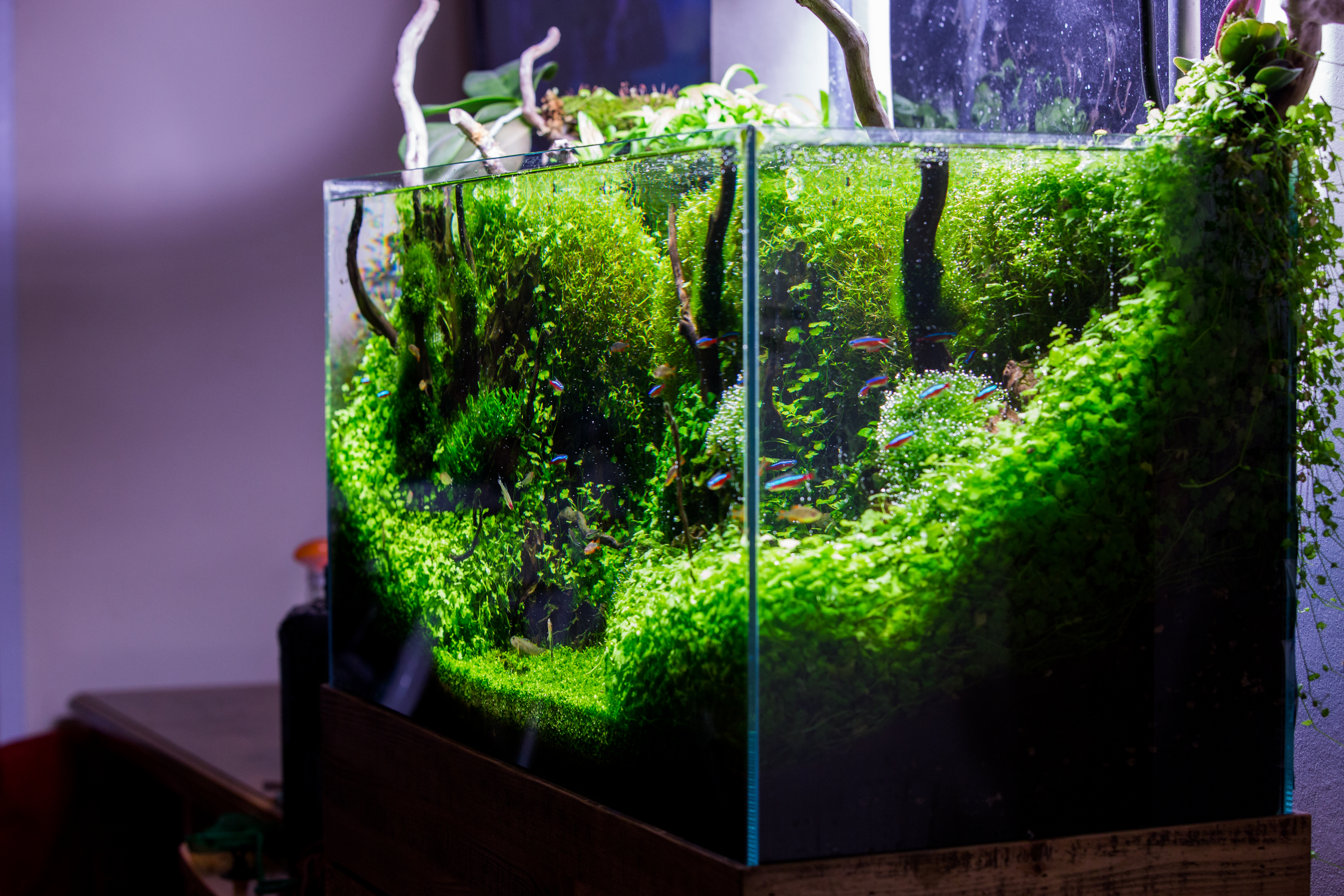Using activated carbon in an aquarium
Using activated carbon in an aquarium
Activated carbon has been well known in the aquarium industry for years. Its simplicity makes it one of the best-selling filtering materials despite newer solutions constantly appearing. Nevertheless, opinions about activated carbon remain divided. Fishkeepers who use activated carbon do so because they feel it is the ideal medium to use continuously within a healthy aquarium. In modern filters, activated carbon is one of the best chemical filtration mediums for fresh and saltwater aquariums.
On the other hand, some fishkeepers condemn this approach and claim that activated carbon should only be used to resolve specific issues.
In today's article, we will explain how activated carbon functions, why it comes in different forms, plus the beneficial influence it can have on particular things. Additionally, we will explore the concerns that using activated carbon in your aquarium can bring.
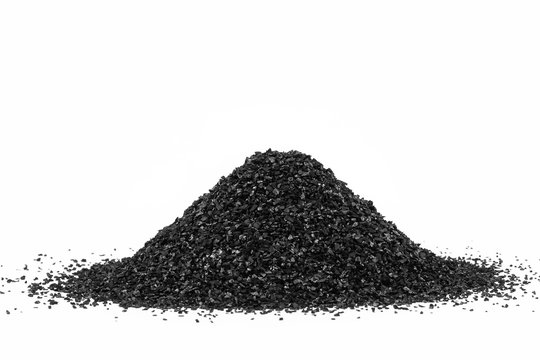
What is activated carbon?
From a chemical point of view, activated carbon is a form of elemental carbon (C) which will absorb any liquid due to the superior pore structure.
Activated carbon does not exist naturally, but it is relatively easy to obtain from any material with high elemental carbon content, such as wood, hard coal, lignite coal, bituminous coal or coconut shell carbon. The base material is exposed to special thermal treatment for highly porous carbon. The structure with tiny pores captures harmful substances from water or air. Those substances won't be released until the process of carbon utilization.
It's also important to know the difference between activated carbon, coal and charcoal. Coal is a carbon-rich substance that is mined from the Earth. This is then processed into Charcoal via special heat treatment. Charcoal is used mainly for fuel but is not suitable for your aquarium. Activated carbon is produced by treating charcoal with various chemicals and heat. Only this time, steam and oxygen are introduced to create a highly porous surface area.
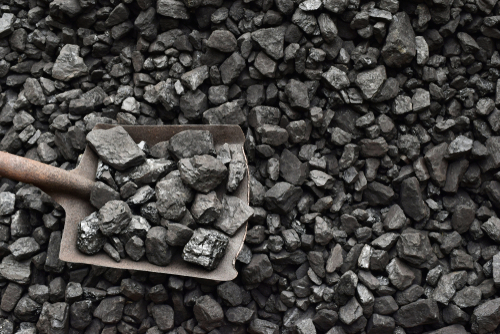
Types of activated carbon
In the aquarium trade, there are several forms of activated carbon that aquarium hobbyists successfully use in aquarium water.
Granular activated carbon is probably the most common form of carbon. Granules come in a variety of sizes. We mainly use granular activated carbon for water purification- it removes organic contaminants and chemicals that produce odour. Granular activated carbon is also helpful during the de-chlorination process.
Another form of carbon is powdered activated carbon pads which aquarium enthusiasts use to decolourize or deodorization aquarium water. The most popular option is synthetic filter pads infused with activated carbon. Alternatively, applying powdered carbon to a normal filer pad will also work. Carbon filter pads work as mechanical filtration and adsorption all in one pad.
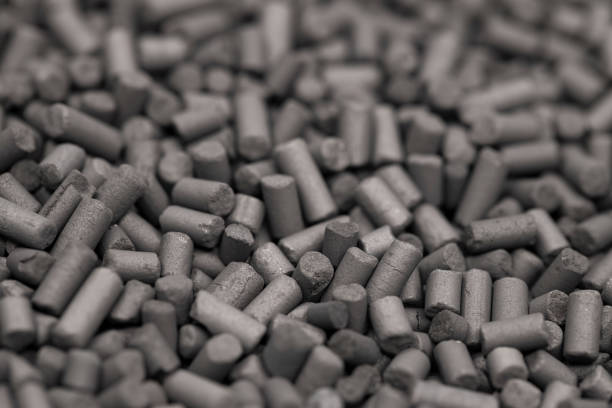
What influence does activated carbon have on aquarium water?
Here is a list of positive effects that are associated with using activated carbon in a fish tank:
Improved water quality
In general, activated carbon is responsible for water clearness by limiting the impurities within the aquarium water column. Anyone who maintains a fish tank knows that a particular tank setup's overall aesthetic appeal depends heavily on the water column's clarity. Dirty aquarium water can spoil the impression of any fish tank.
Smell reduction
Every animal produces a 'smell', and fish are no exception. It's hard to describe it, but once you enter a room with the aquarium without the aquarium cover, you can smell that natural scent. Activated carbon makes the water not stinky by reducing phenols which are the main reason for unpleasant smells. To be honest, activated carbon makes it smell fresh and neutral.
Limited algae growth
Algae do not like activated carbon filtration. It can reduce algae growth to a minimum by absorbing excess nutrients in the water. Activated carbon is an absorber of organic compounds, so it is also helpful in reducing the protozoa appearance.
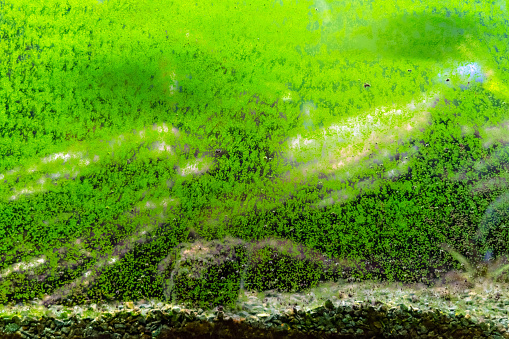
Reduction of contaminants
Activated carbon adsorbs several dissolved organic compounds such as chlorine and chloramine within tap water. It is also profitable if you've added driftwood untreated into the aquarium water. This decoration can release tannin, which is responsible for the brownish colour of the water. It may not be harmful, but it looks like a dirty rainwater container. Thanks to activated carbon, it's pretty easy to undo the nasty colouration.
(Tannin is used in many aquariums intentionally, specifically biotope or breeding aquariums)
Fun fact: activated carbon will also remove toxins such as tar and nicotine from cigarette or cigar smoke. So it's a great idea for smokers.
Drawbacks of using activated carbon
Although using activated carbon in your aquarium is very rewarding in many cases, there are also some situations in which activated carbon is inadvisable:
Biological filtration
First, activated carbon in the filter media will also be home to beneficial bacteria. They are responsible for performing the nitrogen cycle and reducing ammonia and nitrate levels. You throw away a part of the biological filtration whenever you change the carbon media bag. It takes a while for the new carbon media to grow beneficial bacteria. It depends on the percentage of the bacteria that are within activated carbon. If they represent a significant amount of the beneficial bacteria colony, you could see ammonia spike after each replacement. High ammonia and nitrate levels can be lethal.
The solution to this problem is to use sponges. They will become the primary home for bacteria, and you will not disturb the biological filter.
Absorption of fish medicaments
If your fish suffer from diseases and you have implemented special treatments, it's better not to use activated carbon. You can't choose what activated carbon absorbs or what not. It takes the treating substances, fish waste, decaying plants, or other dissolved organics. So if you want your fish to recover, avoid activated carbon.
Short lifespan
Under most conditions, activated carbon works best for one to two weeks. Its lifespan can vary for many reasons, such as the number of dissolved organics, the efficiency of mechanical filtration and the amount of carbon in use.
Does activated carbon hurt fish?
If you use activated carbon not correctly, you can expect some irreversible changes. Some cases have been reported that powdered activated carbon can get trapped in the fish's gills. This is why it is crucial to correctly place the activated carbon cartridge in a filter media bag. To avoid such problems, it's wise to use more significant granular activated carbon and rinse the dust before putting it into your filter chamber.
Reminder: activated carbon adsorbs chlorine, so you should not rinse it with tap water because activated carbon will become 'clogged' before even being placed in the aquarium. Instead, you may use distilled water.
How much carbon should I use?
Engineers can determine what level of activated carbon is enough in the industrial processes because these conditions are unchanging. However, there is no set rule regarding the aquarium filtration system. There are no two same aquariums.
First of all, read the label and see the recommendations. It's wise to start with a smaller quantity and monitor water clarity and smell. If you think that's not enough, add more carbon to the aquarium water.
Summary
Generally, activated carbon in your filter could be a good thing but not a necessity. If you test your water, perform regular water changes, and use the tap water conditioner before the water replacement, there is no need to use carbon. Since activated carbon must be replaced monthly, it can be an additional, non-necessary expense.
Nevertheless, there are some situations in which activated carbon is beneficial; without that, your aquarium can't accomplish completeness. Everybody wants to admire an actual work of art while watching an aquarium.
